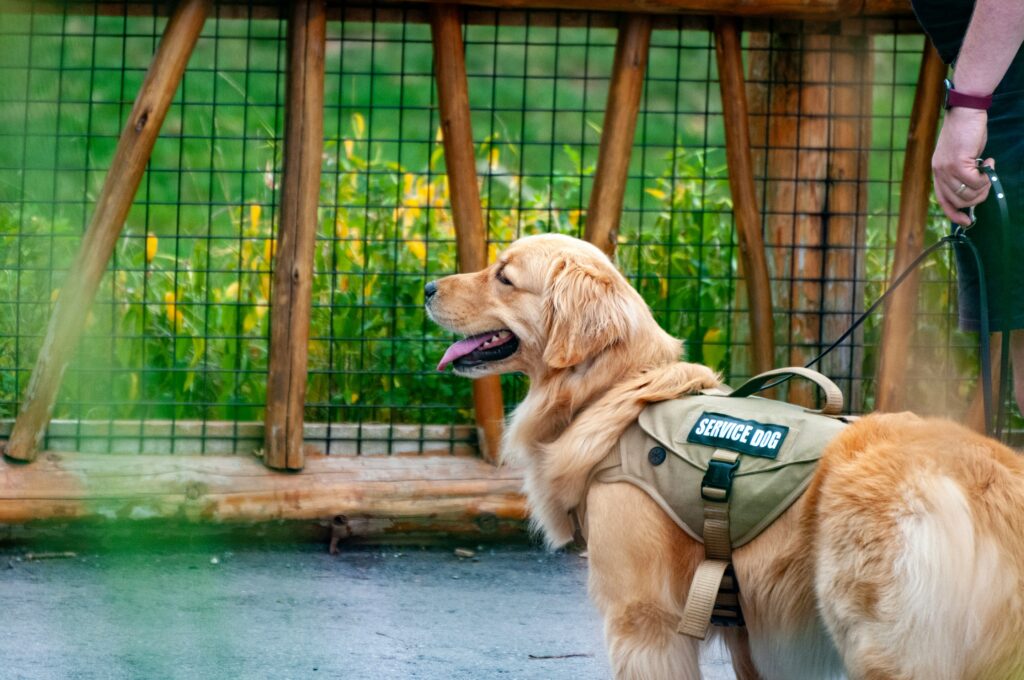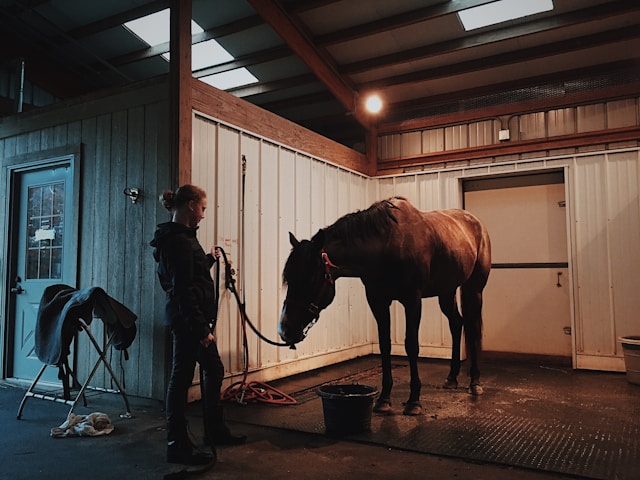
Service dogs play a vital role in assisting individuals with disabilities, providing them with independence, mobility, and emotional support. While many service dogs come from specialized breeding programs, there is a growing trend of training shelter dogs for these roles. Adopting and training shelter dogs as service animals not only gives these dogs a second chance at life but also expands the pool of available service dogs. However, there are several important considerations to keep in mind when training shelter dogs for this specialized work.
Temperament Assessment
One of the initial steps in training a shelter dog to become a service dog is assessing their temperament. Service dogs must have a calm, confident, and friendly disposition. They should be able to remain focused in various environments and be comfortable with different people and situations. Conducting thorough temperament tests helps trainers identify dogs that are well-suited for service work.
Health Screening
Health is a critical factor in service dog training. Shelter dogs should undergo comprehensive health screenings to ensure they are free from any underlying health issues that could affect their ability to perform service tasks. This includes checking for genetic conditions, joint health, vision, and overall fitness.
Training Methodology
The training approach for shelter dogs destined to become service dogs should be tailored to their individual needs and abilities. Positive reinforcement methods are widely favored, focusing on rewarding desired behaviors rather than punishing mistakes. Consistency, patience, and clear communication are key elements of effective training.
Socialization
Exposing shelter dogs to a variety of social situations is essential for their development as service dogs. They need to be comfortable interacting with people of different ages, backgrounds, and physical appearances. Exposure to other animals, public places, and different environments also helps them adapt to their future roles.
Task-Specific Training
Service dogs are trained to perform specific tasks based on the needs of their handlers. Whether it’s guiding individuals with visual impairments, alerting to medical conditions, or providing emotional support, shelter dogs must receive specialized training tailored to the tasks they will be expected to perform.
Handler Matching
Matching the right dog with the right handler is crucial for a successful service dog partnership. Trainers and organizations work closely with individuals in need of service dogs to understand their requirements, lifestyle, and preferences. This ensures that the dog’s training aligns with the tasks they will be performing for their future handler.
Ongoing Support and Evaluation
Service dog training doesn’t end once a shelter dog is placed with a handler. Continuous support, follow-up evaluations, and refresher training sessions are essential to maintain the dog’s skills and ensure they are meeting the handler’s needs. Trainers and organizations remain involved to provide assistance and guidance as needed.
Legal Considerations
Understanding the legal rights and responsibilities associated with service dogs is crucial for both handlers and trainers. Service dogs are afforded certain protections under the law, including access to public places and housing accommodations. Trainers must ensure that dogs are trained to meet the legal requirements for service animals in their respective jurisdictions.
Ethical Treatment
Throughout the training process, ethical considerations must guide every decision. This includes ensuring the well-being of the dogs, respecting their limitations, and prioritizing their welfare above all else. Trainers should operate with transparency and integrity, upholding the highest standards of animal care and training.
Final Thoughts
Training shelter dogs to become service dogs requires careful planning, dedication, and expertise. By considering temperament, health, training methods, socialization, task-specific training, handler matching, ongoing support, legal aspects, and ethical treatment, trainers can help transform shelter dogs into invaluable companions for individuals with disabilities. This not only benefits the dogs themselves but also enhances the quality of life for those who rely on their assistance and companionship.
Read more articles below:
- Do Dogs Have Temper Tantrums? And How to Deal With Them
- Tips On Training Your Own Service Dog
- How to Train Your Dog to Become a Therapy Animal
- 7 Commands to Teach a Service Dog
Do you own an assistance animal? Register your pet today.
The Service Animal Registry of California invites you to have your assistance animal registered in order to designate its status. We also encourage you to take our online classes so you can be fully aware of your rights and gain more knowledge about your support animal.
Finally, we present to you our book entitled, “ASSISTANCE ANIMAL LAWS: LEARN YOUR RIGHTS REGARDING SERVICE ANIMALS, EMOTIONAL SUPPORT ANIMALS, THERAPY PETS, AND OTHER DOGS, CATS, AND ASSISTANCE ANIMALS” to provide you with a complete education on assistance animals.
Purchase your copy of the book by clicking the image below.










